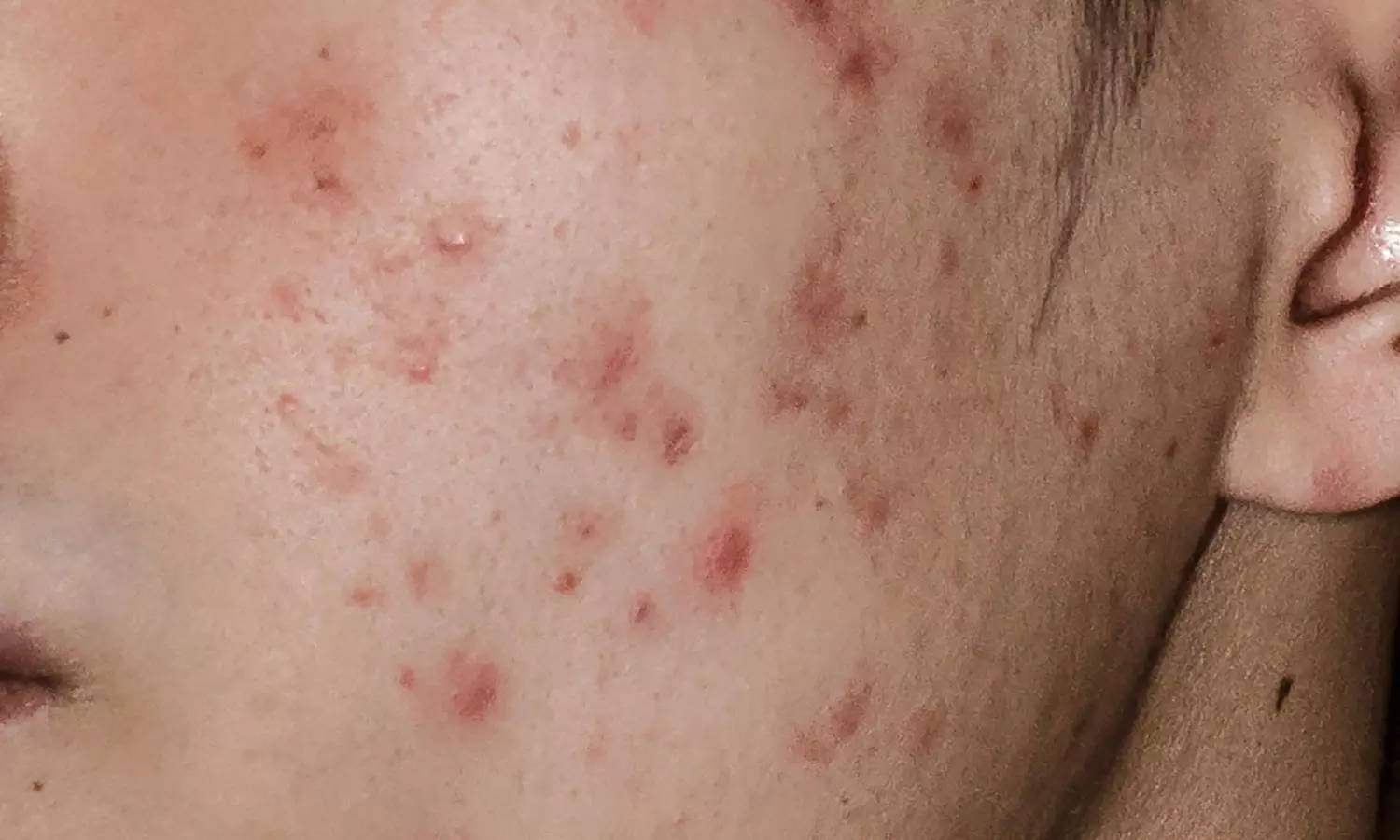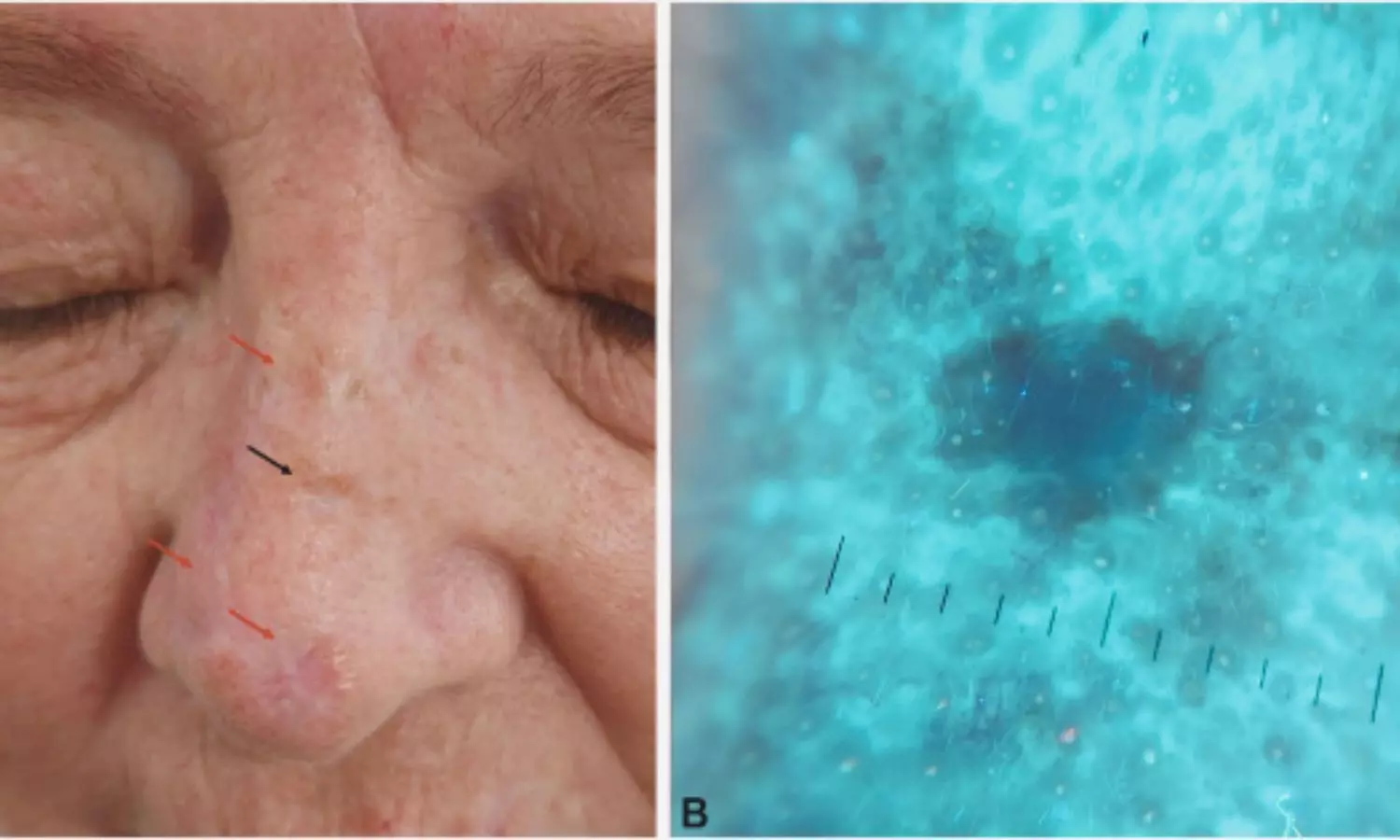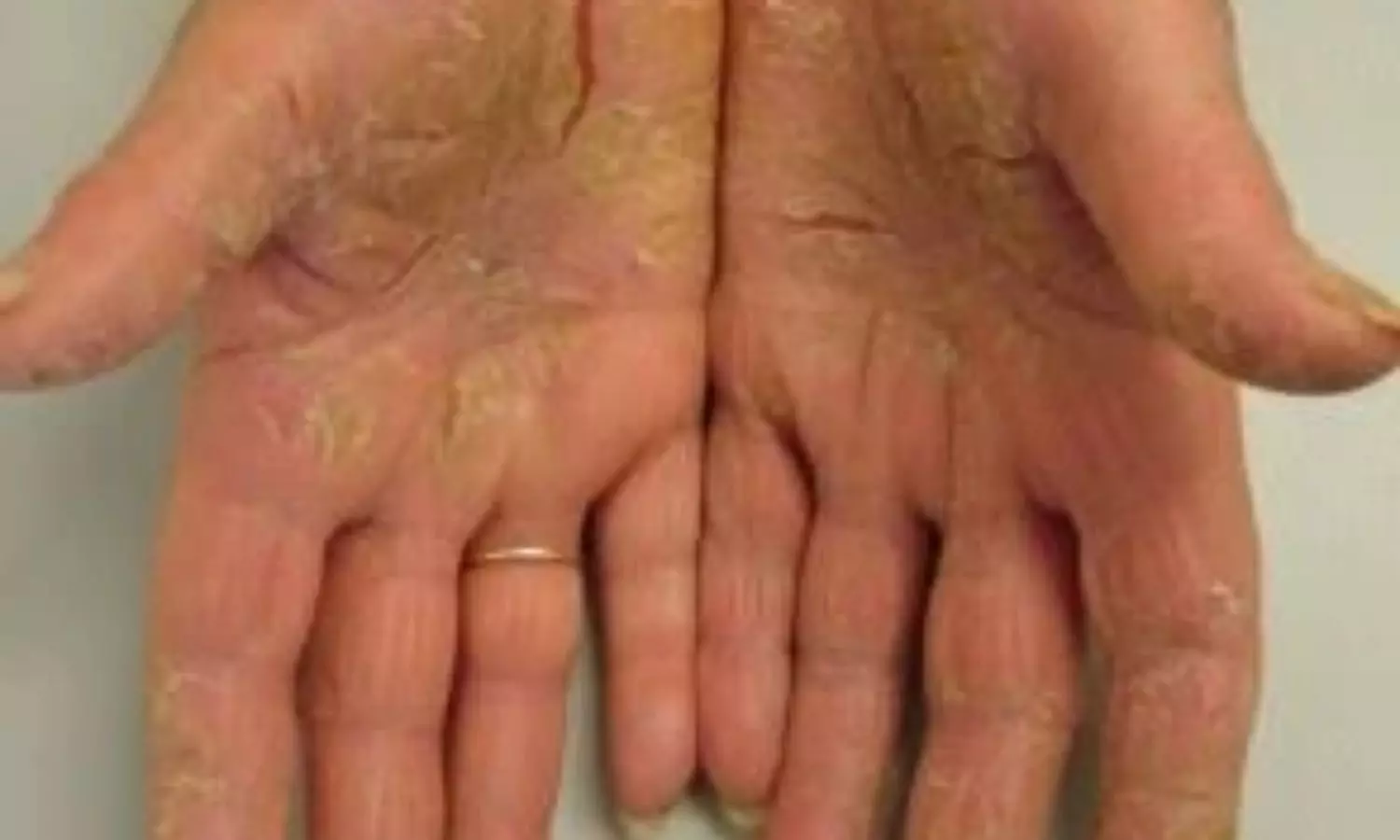Innovative Triple-Combination Gel tied to Swift and Lasting Acne Relief, Study Finds

In
a significant advancement in acne treatment, a novel once-daily
triple-combination gel has demonstrated remarkable efficacy, outshining
conventional monotherapies and dual-combination products. This new approach,
combining an antibiotic, antibacterial agent, and retinoid, is designed to
deliver expedited and sustained improvement in acne lesions. the first FDA-approved
triple-combination topical acne product, clindamycin phosphate 1.2%/adapalene
0.15%/benzoyl peroxide 3.1% (CAB) gel demonstrated significantly greater
lesion count reductions compared to its dyads and vehicle as early as week 4,
with sustained efficacy after 12 weeks of treatment.
The trial results were published in the Journal
of Drugs in Dermatology.
Implementing
a daily regimen that combines an antibiotic, antibacterial agent, and retinoid
may yield accelerated improvements in acne compared to single or dual-component
products. Hence, researchers conducted a post-hoc analysis to compare the
reductions in acne lesions between clindamycin phosphate 1.2%/adapalene
0.15%/benzoyl peroxide 3.1% (CAB) gel and its paired formulations and a control
vehicle.
The
subject of this post hoc analysis is the clindamycin phosphate 1.2%/adapalene
0.15%/benzoyl peroxide 3.1% (CAB) gel, the first FDA-approved
triple-combination topical acne product. The study aimed to assess its impact
on acne lesion reduction compared to its dyads and a control vehicle.
Conducted
in two phases, encompassing 741 participants in phase 2 and 363 participants in
phase 3, these double-blind, 12-week studies targeted individuals aged ≥9 years
with moderate-to-severe acne. Participants were randomly assigned to use
once-daily CAB gel or a control vehicle. The phase 2 study included three
additional dyad gel arms for comparison. The
analysis centered on the percentage of participants achieving varying degrees
of reduction in both inflammatory and noninflammatory acne lesions. The results
underscored the superiority of CAB gel over its dyads and vehicles.
Findings:
In
the phase 2 study, as early as week 4, CAB gel exhibited an impressive 82.7%
reduction in inflammatory lesions, surpassing the three dyads and vehicles
(61.1-69.8%).-
These
early reductions persisted throughout the study, with CAB-treated participants
consistently outperforming in achieving ≥50% reduction in inflammatory lesions
from weeks 4-12.
By
the end of the 12-week study, CAB gel showcased substantial reductions of ≥75%
in participants, significantly outpacing the dyads and vehicles (65.8% vs
49.9-51.2% and 21.6%).-
Similar
trends were observed for noninflammatory lesions in the phase 2 study and both
inflammatory and noninflammatory lesions in the phase 3 studies.
The
accelerated and sustained efficacy of CAB gel, coupled with its optimized
formulation, once-daily dosing, and favorable tolerability profile, may
revolutionize acne treatment. This innovative triple-combination approach not
only demonstrates its superiority over traditional therapies but also holds the
potential to positively impact patient adherence due to its faster-acting and
lasting benefits.
As
the field of dermatology continues to evolve, the emergence of this
triple-combination gel marks a significant leap forward in acne management,
providing a promising solution for those seeking more effective and efficient
alternatives for this common skin condition.
reading: Early and Sustained Acne Lesion Reductions With Fixed-Dose Clindamycin
Phosphate 1.2%/Adapalene 0.15%/Benzoyl Peroxide 3.1% Gel. Doi: 10.36849/jdd.7907


